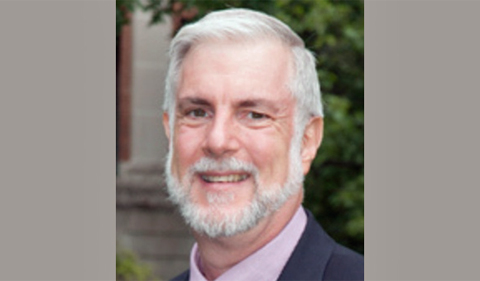The Ohio University Contemporary History Institute presents Dr. Philip C. Brown discussing “The Dam that would not Die: Yamba” on Thursday, Nov. 14, at 4:30 p.m. in Baker 231.
In the present environmentally conscious era—one that is witnessing sustained and successful efforts to decommission dams—Japan continues to build new dams. After China, the United States and India, Japan ranks fourth in the world in the construction of large dams over the past century. As with most countries, the great majority of large dams were built after the conclusion of World War II. Similar to North America and Europe, Japan has vocal environmental pressure groups. Yet Japan continues to be a “DamNation.”
Through a case study of one dam, Yamba, Brown explores the nature of Japanese planning for large civil engineering projects, post-war democratic reform, and the relative priorities given to local environmental concerns or national economic objectives and political alliances. As with the policy shifts toward nuclear power in Japan after the Great Northeast Japan Earthquake, the controversy over Yamba Dam dramatically illustrates contemporary dilemmas of conflicting perspectives on natural resource exploitation and preservation.
Brown is Professor of Japanese and East Asian History at Ohio State University. He has published widely in Japanese History since receipt of his Ph.D. in History from the University of Pennsylvania. Initially interested in late 19th century social history, he turned to explore late 16th and early 17th century baronial domain administration (especially its taxation of farmland) and its relationship to administration of the largest domain, other than that of the Shogun. While advancing a critique of standard understandings of the strength of erstwhile central political authorities, his first book, Central Authority and Local Autonomy in the Formation of Early Modern Japan (Stanford UP, 1993) also explored domain administration of rural communities, which comprised about 90% of Japan’s population). Building on this work, his second book, Cultivating Commons: Joint Ownership of Arable Land in Early Modern Japan (University of Hawai’i Press, 2011) explored a system of land use that frequently had the effect of limiting the influence of floods, landslides, and other natural disasters and marked his turn to environmental history.
His current work focuses on governmental and social responses to the threat of floods from the 18th to 21st centuries.




















Comments